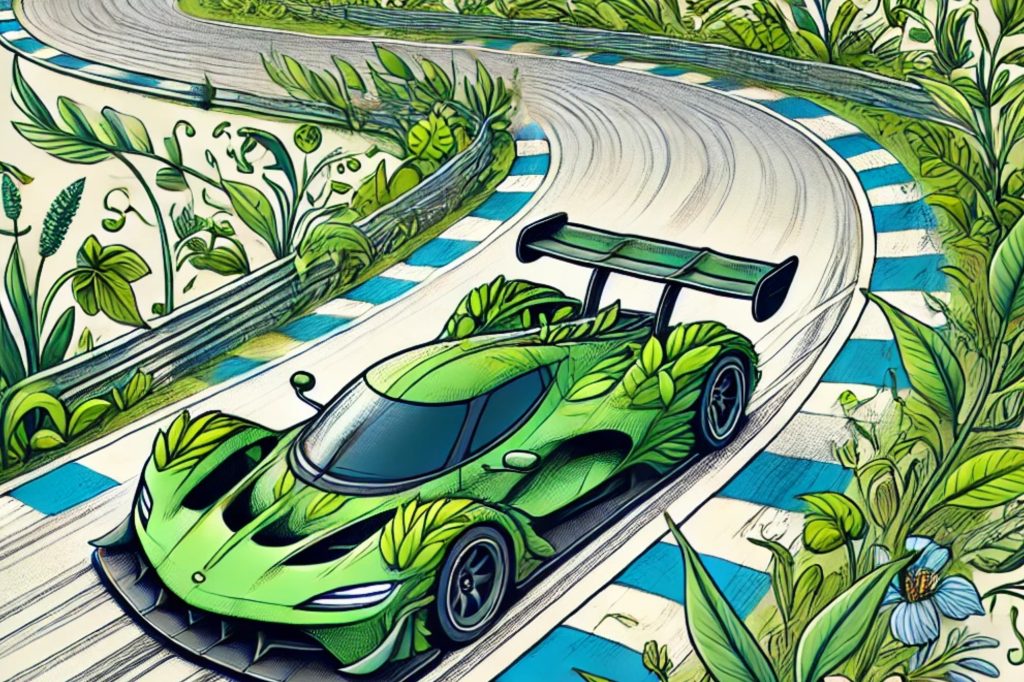Chapter 19: Conclusion

When we look at a field of crops, a forest canopy, or even a potted houseplant, we often miss the incredible machinery beneath the surface. But just like lifting the hood on a high-performance vehicle, a closer inspection reveals a world of precision engineering, smart systems, and elegant feedback loops.
Plants aren’t passive. They don’t just sit in the soil and soak up sunlight. They measure, respond, regulate, and adapt. They manage energy flow with finesse. They fine-tune nutrient uptake like a perfectly calibrated fuel map. They even engage complex microbial partnerships to extend their capabilities – just as advanced machines integrate onboard diagnostics, turbochargers, and active suspension.
And all of it happens without a central processor. There’s no wires, no harness, no pistons, no gears or crankshafts – it’s all chemistry, physics, and biology tangled up in structures that self-assemble, self-regulate, and self-repair.
From the elemental components to the non-elemental systems, we’ve explored how plants mirror the architecture of high-performance machines. But this isn’t just metaphor for metaphor’s sake.
Understanding plant systems in mechanical terms gives us a new way to talk about agriculture, biology, and sustainability. It helps us recognize the complexity hiding in plain sight – and the opportunity to innovate by learning from nature’s most enduring engine.
So next time you see a plant, don’t just think of it as green and sessile. Think of it as a finely-tuned, highly-responsive, incredibly dynamic engine that achieves so much with so little, and let that serve as inspiration for you in your own life.
… and if you’re ready to tackle our next concept – plants as quantum-scale particle decelerators – then go check out our very length post about the cross-section between quantum physics and photobiology here: Quantum Botanodynamics (Part 1).


1 thought on “Chapter 19: Conclusion”
Great read – answered many of the questions I had as I have listened to your other blog posts and videos. Thank You